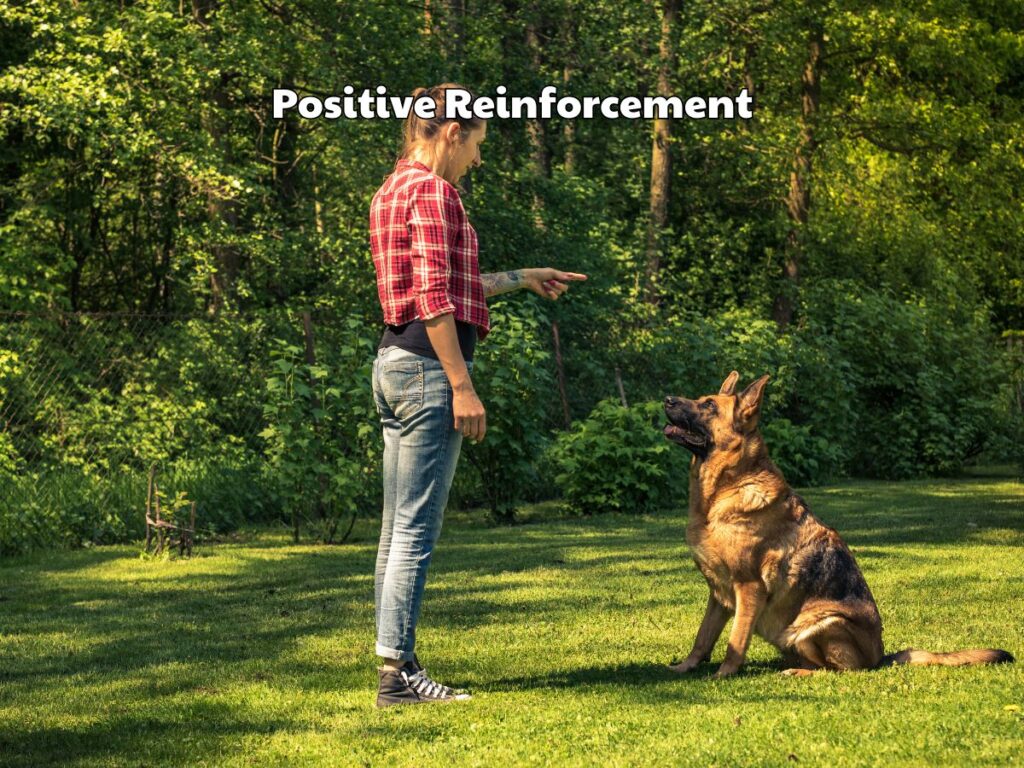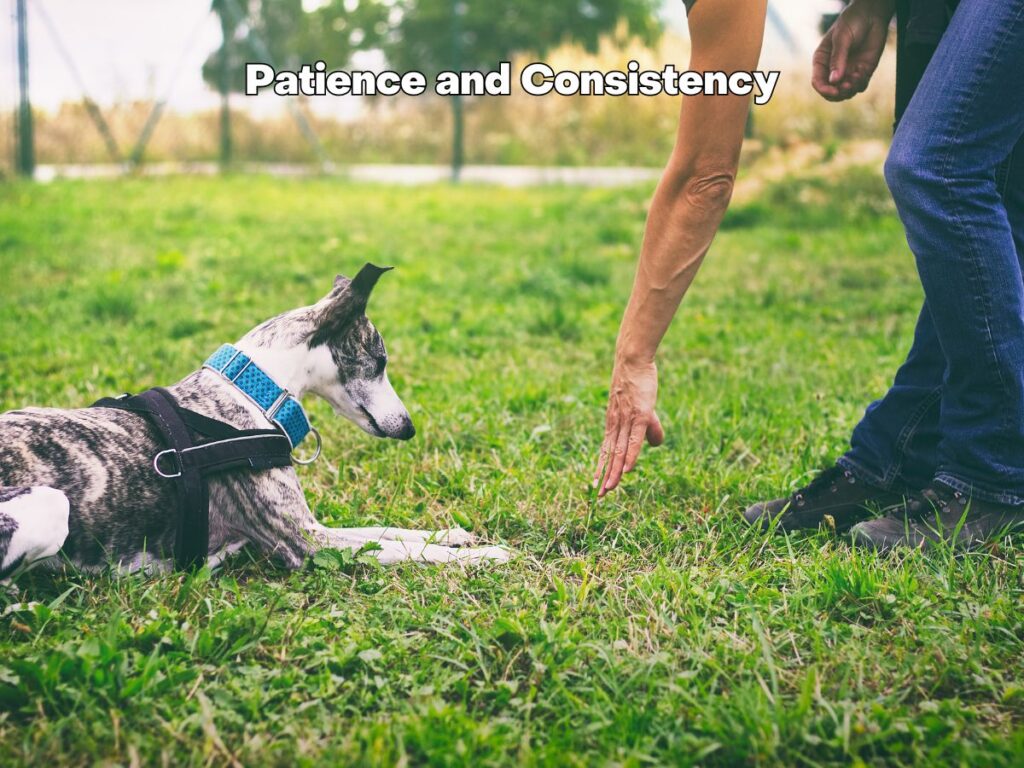Bringing a new dog into your home is a joyous occasion, filled with wagging tails, wet noses, and boundless energy. However, it can also come with its fair share of challenges, particularly when it comes to training your furry friend. Whether you’ve welcomed a bouncy puppy or an adult dog into your life, effective training is key to building a strong, loving bond. Here are some essential tips and techniques to help you and your new canine companion succeed.
Start with the Basics: Building a Foundation
Training should begin with the basics. These foundational commands are crucial for ensuring your dog’s safety and promoting good behavior:
- Sit: This is often the first command taught. Use a treat to lure your dog’s nose up while you gently push their rear down. Say “sit” and reward them when they comply.
- Stay: Once your dog masters “sit,” teach them “stay” by holding your palm out like a stop sign. Reward them for staying in place, gradually increasing the time they must stay before receiving a treat.
- Come: This command is essential for your dog’s safety. Use a happy, excited tone when calling your dog to come, and reward them enthusiastically when they respond.

Positive Reinforcement: The Key to Success
Positive reinforcement is a powerful tool in dog training. It involves rewarding your dog for good behavior, which encourages them to repeat that behavior. Here’s how you can use positive reinforcement effectively:
- Treats: Small, tasty treats are excellent motivators. Keep them handy during training sessions and reward your dog immediately after they obey a command.
- Praise: Verbal praise and petting can be just as rewarding as treats. Use a happy tone and offer lots of affection when your dog does something right.
- Consistency: Be consistent with your commands and rewards. If you allow a behavior sometimes but not others, your dog will become confused.
Crate Training: Creating a Safe Haven
Crate training provides your dog with a safe space they can call their own. It also helps with house training and prevents destructive behavior when you’re not around:
- Introduce Gradually: Make the crate inviting by placing treats and toys inside. Encourage your dog to explore it on their own.
- Short Sessions: Start with short periods in the crate while you’re home. Gradually increase the time as your dog becomes more comfortable.
- Never Use as Punishment: The crate should be a positive place. Never force your dog into the crate as a form of punishment.
House Training: Patience and Persistence
House training requires patience and consistency. Accidents will happen, but with a dedicated approach, your dog will learn to do their business outside:
- Frequent Breaks: Take your dog outside frequently, especially after eating, drinking, and waking up. Praise and reward them for going in the right place.
- Establish a Routine: Consistent feeding and potty times help regulate your dog’s bathroom habits.
- Watch for Signs: Learn to recognize signs that your dog needs to go out, such as sniffing around or circling.

Socialization: Building Confidence and Good Behavior
Socialization is crucial for helping your dog feel comfortable in various situations and with different people and animals:
- Early Exposure: Expose your puppy to new experiences, sounds, and environments from an early age. Positive experiences during the critical socialization period (3-14 weeks) will help them grow into well-adjusted adults.
- Controlled Interactions: Introduce your dog to new people and animals in a controlled and positive manner. Use treats and praise to reward calm and friendly behavior.
- Classes and Playdates: Puppy classes and playdates with other dogs are excellent ways to socialize your dog and teach them good manners.
Addressing Behavioral Issues: Understanding and Correcting
Behavioral issues such as barking, chewing, and jumping are common but can be corrected with patience and understanding:
- Barking: Identify the cause of excessive barking and address it. If your dog barks out of boredom, provide more exercise and mental stimulation. Teach the “quiet” command using treats and praise.
- Chewing: Provide plenty of chew toys to satisfy your dog’s natural urge to chew. If they chew on inappropriate items, redirect them to a toy and reward them for chewing on it instead.
- Jumping: Teach your dog to greet people politely by ignoring them when they jump and rewarding them when they stay calm. Encourage guests to do the same.
Patience and Consistency: The Golden Rules
Training a dog takes time and effort. Be patient with your dog and stay consistent with your training methods:
- Short Sessions: Keep training sessions short and fun, around 5-10 minutes each, to hold your dog’s attention.
- Daily Practice: Practice commands daily to reinforce learning and build your dog’s skills over time.
- Positive Attitude: Maintain a positive attitude and celebrate small victories. Training should be a bonding experience that strengthens your relationship.
Find out more how to treat your pet better here

Conclusion
Training your new dog is a rewarding journey that requires patience, consistency, and lots of love. By using positive reinforcement, building a solid foundation of basic commands, and addressing behavioral issues with understanding, you can help your canine companion become a well-behaved, happy member of your family. Remember, the time and effort you invest in training will pay off with a lifetime of tail wags and joyful moments.
FAQs
1. How long does it typically take to train a new dog? The time it takes to train a dog varies depending on their age, breed, and individual personality. Consistent daily training can yield significant progress within a few weeks, but ongoing reinforcement is key.
2. What should I do if my dog isn’t responding to training? If your dog isn’t responding to training, reassess your methods. Ensure you’re using positive reinforcement and being consistent. If problems persist, consider seeking help from a professional dog trainer.
3. How can I stop my dog from pulling on the leash during walks? Teach your dog to walk politely on a leash by stopping and standing still whenever they pull. Reward them with treats and praise when they walk by your side without pulling.
4. Is it too late to train an older dog? It’s never too late to train a dog. Older dogs can learn new behaviors with patience and consistency. They might take a bit longer to catch on, but they can be just as trainable as puppies.
5. Can I use punishment as a training method? Punishment is not recommended as it can lead to fear and aggression. Positive reinforcement is a more effective and humane approach, promoting trust and a strong bond between you and your dog.
